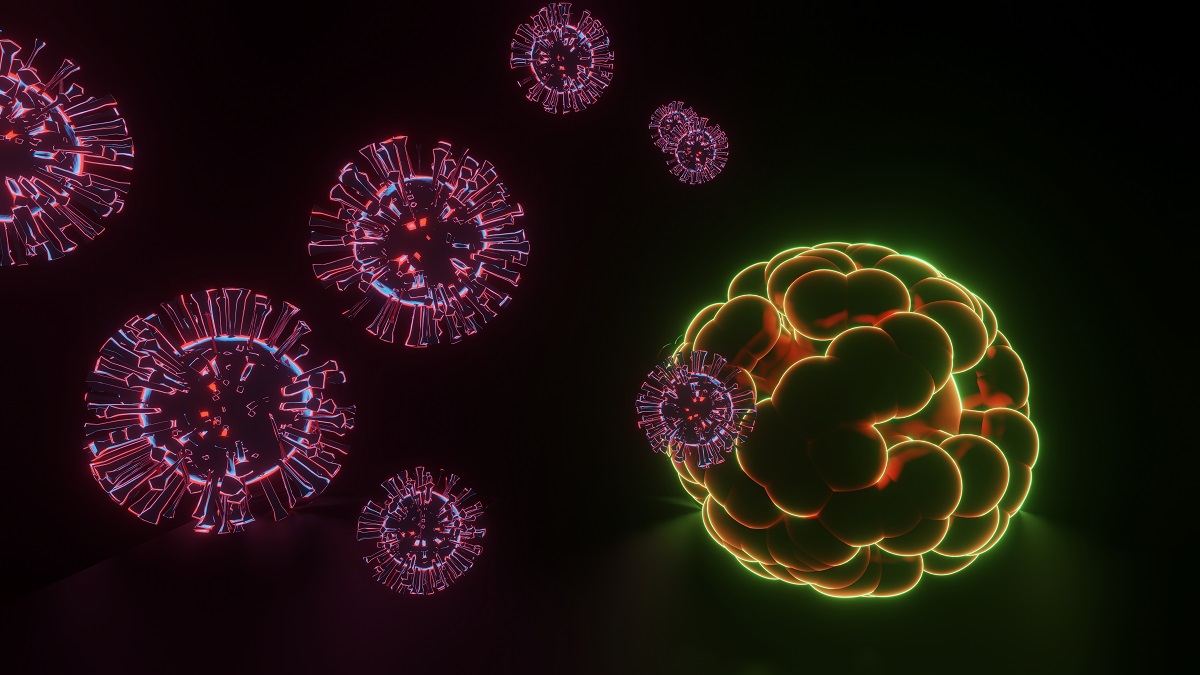KEY TAKEAWAYS
- The study aimed to explore the functional role of USP39 in patients with HNSCC.
- The study suggested that the USP39 knockdown inhibits HNSCC viability and migration via STAT1 suppression, proposing therapeutic potential.
While ubiquitin-specific peptidase 39 (USP39) is implicated in various cancers’ carcinogenesis, its role in head and neck squamous cell carcinoma (HNSCC) remains understudied.
Yu Hu and the team aimed to explore the functional significance of USP39 in HNSCC.
The study employed liquid chromatography-tandem mass spectrometry (LC-MS/MS) to identify differentially expressed proteins (DEPs) in HNSCC tumor tissues compared to adjacent healthy tissues. Functional enrichment of DEPs was assessed using gene ontology (GO) and Kyoto Encyclopedia of Genes and Genomes (KEGG) pathway analyses.
Immunohistochemistry was utilized for protein expression detection. Cell viability and migration in two HNSCC cell lines, CAL27 and SCC25, were evaluated using the cell counting kit-8 and wound healing assay, respectively. Quantitative real-time PCR was conducted to measure the mRNA expression level of the signal transducer and activator of transcription 1 (STAT1).
The results revealed 590 DEPs between HNSCC and adjacent tissues from four patients, identified through LC-MS/MS analysis. GO and KEGG pathway analyses highlighted 34 proteins enriched in the spliceosome pathway. LC-MS/MS analysis indicated significantly elevated expression levels of USP39 and STAT1 in HNSCC tumor tissue compared to adjacent healthy tissue, a finding validated by immunohistochemistry in samples from 7 additional patients with HNSCC. Knockdown of USP39 or STAT1 suppressed the viability and migration of CAL27 and SCC25 cells. Furthermore, USP39 knockdown led to reduced expression of STAT1 mRNA in these cells.
The study suggests that suppressing USP39 could impede HNSCC viability and migration by downregulating STAT1 expression. These results propose USP39 as a promising HNSCC clinical therapy candidate or a novel biomarker.
Funding was received by the Natural Science Foundation of Lu’an People’s Hospital,the Lu’an Science and Technology Bureau Foundation, the Innovation and Entrepreneurship Training Program of Anhui Provincial College Students, and the Youth Science Foundation of Anhui Medical University.
Source: https://pubmed.ncbi.nlm.nih.gov/38706215/
Hu Y, Wang Y, Hu W, et al. (2024). “USP39 Promotes the Viability and Migration of Head and Neck Squamous Cell Carcinoma Cell by Regulating STAT1.” Technol Cancer Res Treat. 2024 Jan-Dec;23:15330338241250298. doi: 10.1177/15330338241250298. PMID: 38706215.



